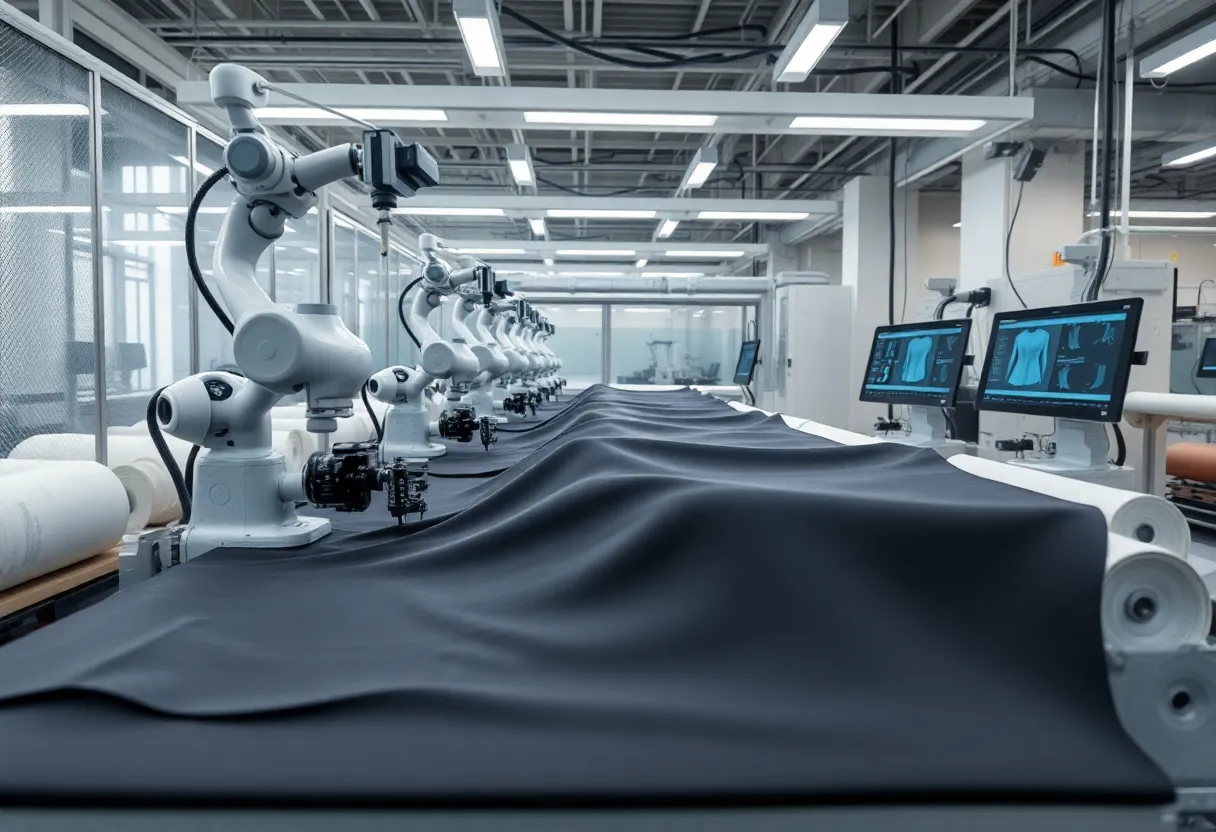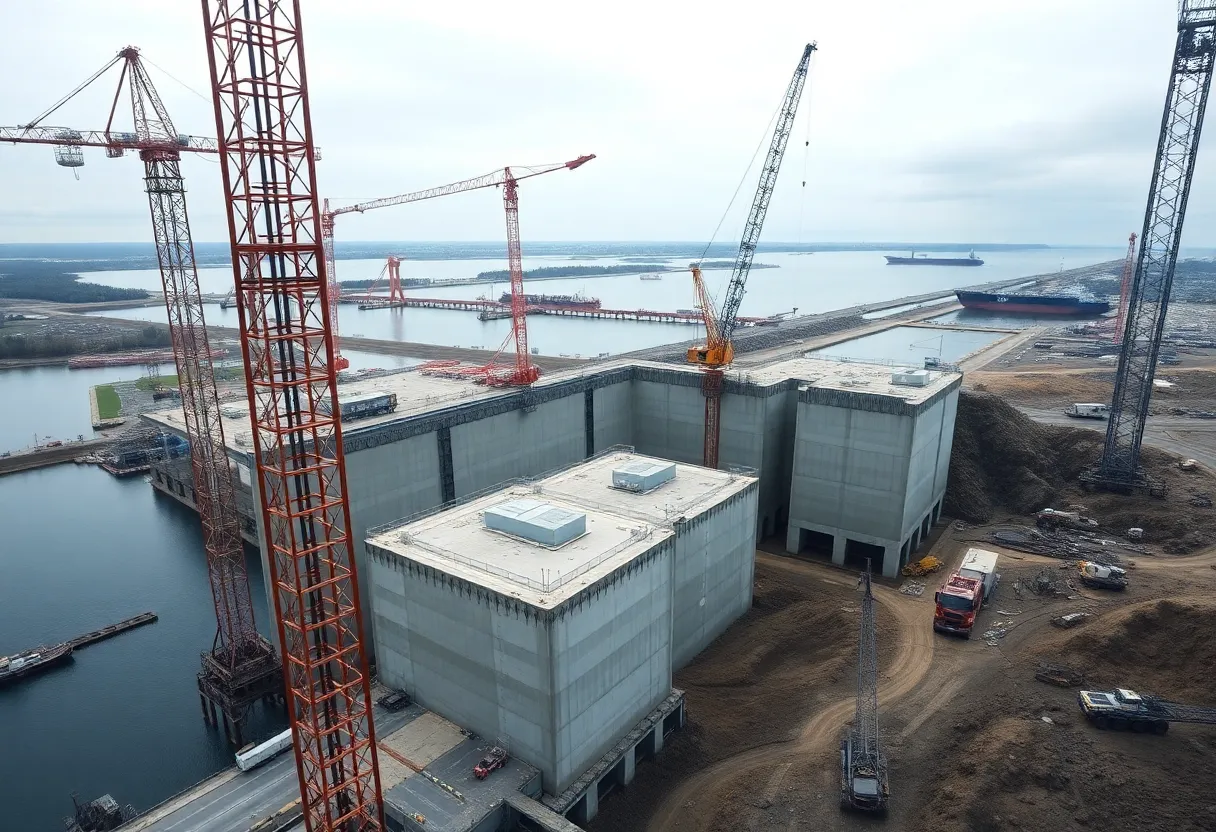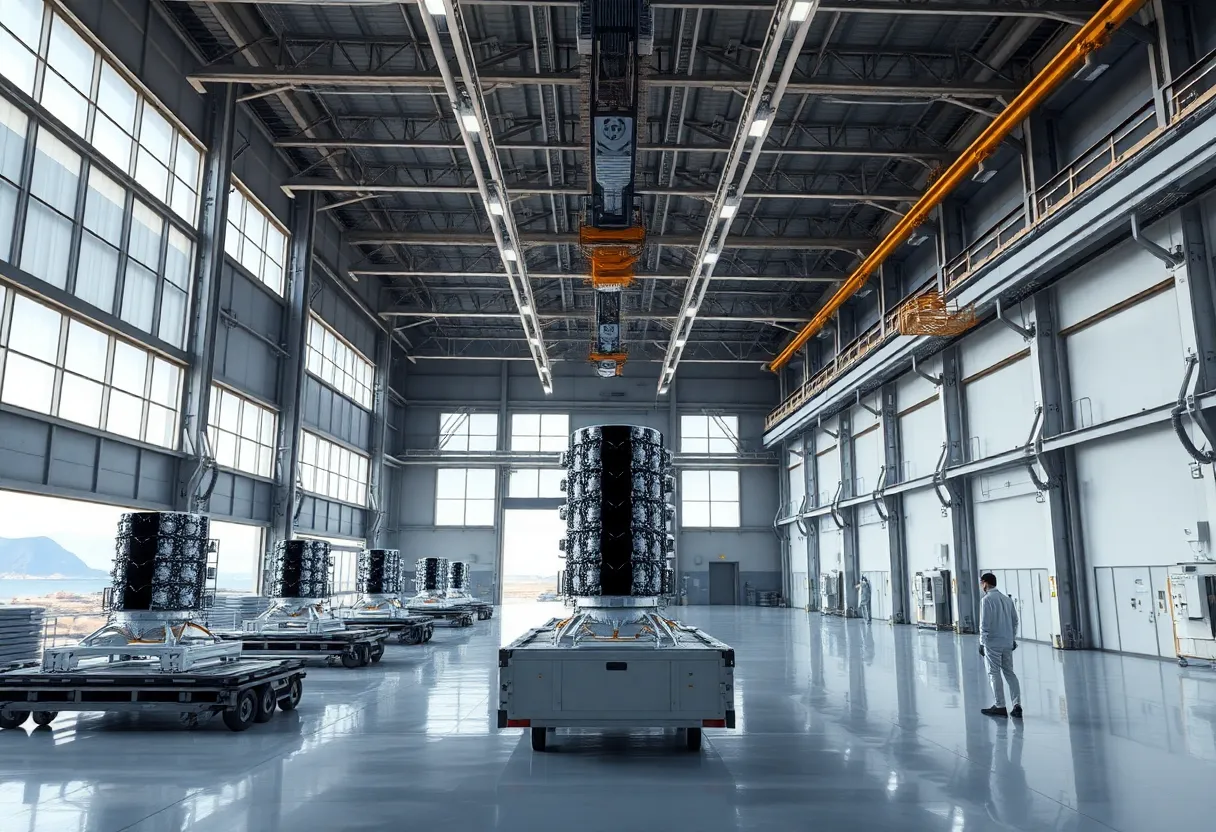Newark, California, September 15, 2025
News Summary
CreateMe Technologies unveiled a hardware and materials system pairing a modular robotic assembly cell with a digitally applied microadhesive to enable on‑demand bonded garment production in the United States. The platform is positioned as an end‑to‑end, software‑defined garment construction solution that replaces traditional sewing, speeds production, and reduces waste. Initial commercial output targets women’s intimates with expansion to everyday apparel like T‑shirts. The Newark facility houses multiple machines with high throughput claims, low minimums, short turnaround times, and a licensing and machine‑operation business model backed by a broad patent portfolio.
Lead: CreateMe Unveils MeRA and Pixel Platform for On‑Demand Bonded Garment Production in the USA
The Newark, California‑based apparel technology company introduced MeRA — Modular‑engineering Robotic Assembly — and Pixel, a proprietary microadhesive system, as a scalable, end‑to‑end platform designed to replace traditional sewing with digitally bonded construction. The company, described as a category‑defining apparel automation firm, operates a 35,000‑square‑foot facility in Newark and currently has one machine up and running, with the second machine under construction and room for eight machines total. The announcement emphasizes on‑demand, local manufacturing as a path to shorter lead times, reduced waste and a more resilient U.S. supply chain.
Two pilot programs are planned, each intended to produce 50,000 units, to demonstrate the system’s ability to scale across product types and fabrics. The platform is positioned to support a broad range of apparel, beginning with women’s intimates built on MeRA as the industry’s first fully autonomous bonded intimates product, and then expanding to common apparel items such as T‑shirts.
System overview and core components
MeRA stands for Modular‑engineering Robotic Assembly, described as completely modular and flexible in design. It operates alongside Pixel, a digital, digitally applied adhesive technology that bonds materials with seams less than 1 mm wide. Together, these components form an end‑to‑end, software‑defined garment construction platform that relies on robotics, digitally applied adhesives, a modular architecture, and proprietary AI/ML software to support automated process control and optimization.
The combined system is described as scalable, resilient by design and intended to support a wide spectrum of garments, from performance wear to lifestyle basics. The workflow is designed to minimize handling of fabric and maintain flat processing for as long as possible, with 3‑D adjustments added toward the end of production to accommodate features like neck bands and shoulder construction.
Capabilities, throughput and footprint
Individual MeRA machines are positioned to deliver up to 250 garments per hour, with the capacity to produce as many as 1 million T‑shirts annually per machine according to the platform’s production claims. The footprint is described as compact, enabling high throughput within a small physical footprint and supporting local, small‑batch manufacturing without the cost penalties typically associated with outsourced production.
Tests have reportedly covered a broad fabric set — “about 100 fabrics” — illustrating the system’s potential to handle diversity in textiles and constructions. The platform’s design emphasizes speed‑to‑market, with reductions in lead times cited as up to 70%, taking products from concept to consumer in days rather than months. The system is also positioned to offer cost parity with offshore labor, a notable claim in the context of shifting nearshore and on‑shore sourcing paradigms.
Product roadmap and business model
The first commercial product built on MeRA is described as a fully autonomous bonded intimates product, launched within the intimates category, with plans to extend to everyday apparel, beginning with T‑shirts and expanding to additional styles in the near term. The company notes a licensing option for its technology, offering a potential business model path alongside direct manufacturing uses.
Minimums and turnaround times are positioned as favorable for nearshore and on‑shore demand, including quotas around 100 units or less for color quantities and one‑to‑three‑week turnaround possibilities. The workflow supports nearshoring, nearshore, and on‑shore demand for special sizes, small silhouette runs and items that are hard to forecast, with production located closer to end markets.
Sustainability, recyclability and industry impact
Public claims emphasize reduced CO2 emissions, less textile waste and less overproduction as outcomes of moving to bonded construction and distributed manufacturing. Pixel’s bonding approach enables material separation at end‑of‑life, which is presented as facilitating better recyclability compared with traditional stitching or permanent adhesives. The overall system is described as supporting responsible, on‑demand manufacturing with less risk of surplus inventory and waste.
Intellectual property and leadership
The company states it holds a large portfolio of apparel automation IP, described as around 95 patents (95+ patents in some excerpts), positioning the platform as a leading, defensible technology in the field. The leadership team includes a chief executive officer and a VP of R&D, with public materials highlighting the architects of the platform as positioned to redefine how clothes are made and to push toward a future where bonded apparel is a mainstream paradigm.
Status and next steps
With one machine operational and a second under construction at the Newark facility, the platform remains in the early deployment phase, supported by two pilot programs intended to validate performance at scale. The facility has room to expand to a total of eight machines, indicating a clear growth path should demand align with the announced pilots and product roadmap.
Key takeaways
At a high level, the platform combines robotic assembly with micro‑adhesive bonding to deliver fast, local, and sustainable garment production while enabling on‑demand manufacturing that could reshape lead times and inventory for certain brands. The approach emphasizes modularity, AI‑driven process control, and recyclable end‑of‑life workflows designed to support a distributed manufacturing network closer to consumer markets.
FAQ
What is MeRA?
MeRA stands for Modular‑engineering Robotic Assembly, the robotic platform at the heart of the bonded garment construction system.
What is Pixel?
Pixel is the proprietary microadhesive technology used to bond fabric layers with very narrow seams during production.
Where is the facility located and what is its size?
The facility is in Newark, California, and covers 35,000 square feet.
What products are planned for MeRA and Pixel?
The initial product is a fully autonomous bonded intimates product, with plans to expand to everyday apparel, starting with T‑shirts.
What are the claimed throughput and capacity?
Each MeRA machine is claimed to achieve up to 250 garments per hour, with potential production of up to 1 million T‑shirts annually per machine.
What are the environmental and inventory benefits?
Platform claims include reduced CO2 emissions, less textile waste, lower overproduction, and the ability to meet real‑time demand with on‑demand manufacturing.
What is the current deployment status?
There is one machine in operation with a second under construction and space for up to eight machines in the Newark facility; two pilot programs are planned to produce 50,000 units each.
Key Features
| Feature | Description |
|---|---|
| Platform name | MeRA and Pixel — Modular‑engineering Robotic Assembly with proprietary microadhesive bonding |
| Location | Newark, California, USA |
| Facility size and capacity | 35,000 square feet; room for eight machines total |
| Current status | One machine operational; second under construction |
| Throughput | Up to 250 garments per hour per machine; potential to produce up to 1 million T‑shirts annually per machine |
| Product scope | Starting with bonded intimates; expanding to everyday apparel, beginning with T‑shirts |
| Core advantages | 20x faster speeds; 2x precision vs traditional sewing; compact footprint; cost parity with offshore |
| Lead times | Lead times reduced by up to 70%; speed‑to‑market from months to days |
| Materials & sustainability | Digitally applied adhesives; recyclable end‑of‑life separability; reduced waste and emissions |
| IP position | A large apparel automation IP portfolio at ~95 patents |
| Business model | Direct production capability with potential licensing of technology |
| Testing scope | Evaluated on ~100 fabrics |
Deeper Dive: News & Info About This Topic
Additional Resources
- PR Newswire: CreateMe launches robotic apparel manufacturing platform and first commercial‑grade garments
- Wikipedia: Clothing_industry
- WWD: CreateMe automated apparel manufacturing
- Google Search: CreateMe automated apparel manufacturing WWD
- Innovation in Textiles: CreateMe’s new standard for the garment industry
- Google Scholar: bonded apparel manufacturing
- Reuters: Why a major shift in U.S. clothing production is unlikely
- Encyclopedia Britannica: Textile industry in the United States
- Redmond Spokesman: CreateMe & University of Warwick reversible adhesive breakthrough
- Google News: reversible adhesive apparel recycling CreateMe





